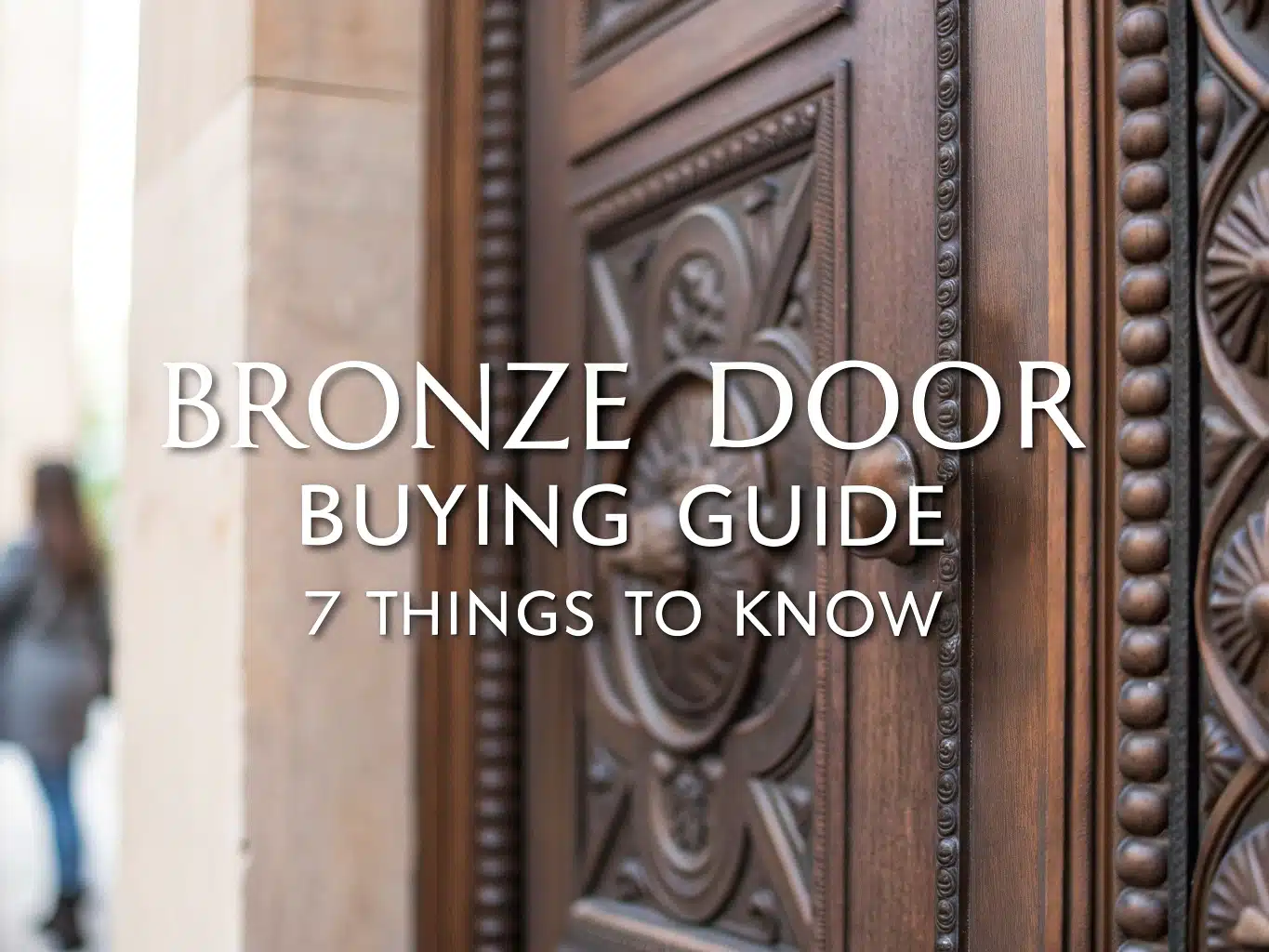
Ever wondered why bronze doors have stood the test of time? Their unmatched elegance and strength make them a popular choice, blending beauty with resilience. Whether you’re seeking a modern touch or a classic feel, a bronze door can transform your home’s entrance. Let’s explore what to consider when choosing the perfect bronze door for your space.
Bronze doors represent the pinnacle of architectural metalwork, combining copper-based alloys with expert craftsmanship to create entry systems that can last centuries. These custom-cast doors offer unmatched durability and corrosion resistance, making them a premium investment for homeowners seeking both beauty and longevity in their entryway design.
What Is a Bronze Door?
A bronze door is crafted from architectural bronze, a copper-based alloy primarily composed of copper and tin with small additions of other metals for strength and wear resistance. This specialized alloy is engineered for high performance and exceptionally long service life.
Custom bronze doors are typically cast using traditional methods where molten bronze is poured into molds, then cleaned, polished, and assembled. This casting process enables intricate designs and art-level detail that’s impossible with other manufacturing methods. The result is a door that combines functional performance with sculptural beauty.
The durability benefits of architectural bronze are substantial. These doors resist corrosion naturally and can last for decades to centuries with proper care. Unlike steel or iron, bronze doesn’t rust but develops a protective patina that actually helps preserve the underlying metal.
True bronze differs significantly from oil-rubbed bronze finishes. While genuine bronze is a solid copper alloy, “oil-rubbed bronze” often describes a surface finish applied to steel, iron, or aluminum hardware. Always verify the base metal in specifications to confirm you’re getting authentic bronze construction.
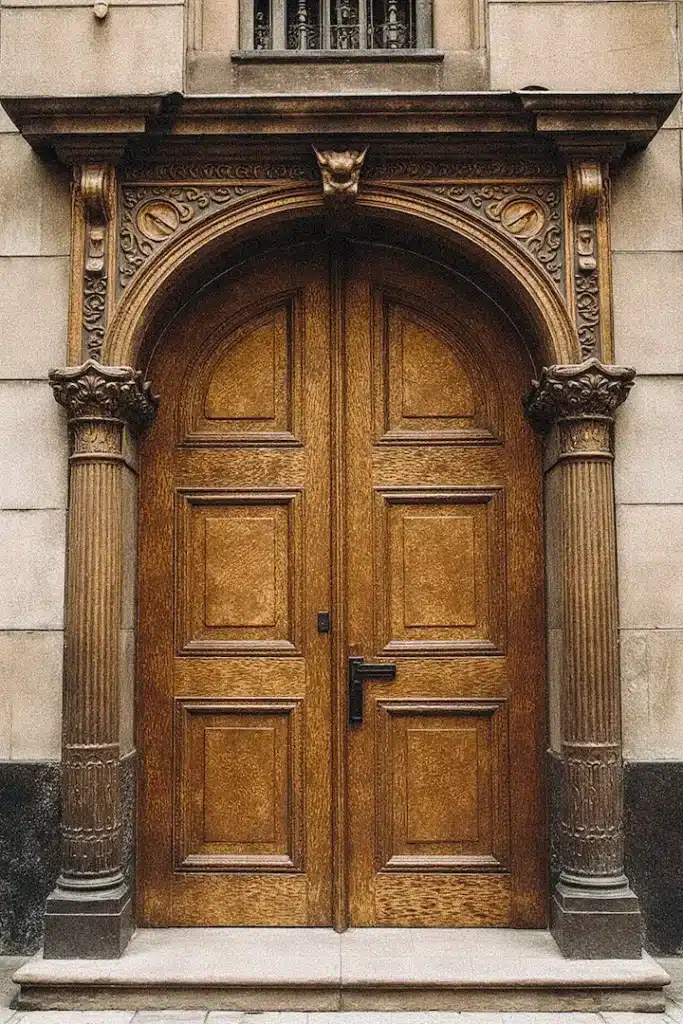
Material Grades, Construction, and Core Options
Understanding the difference between architectural bronze and look-alike finishes is critical for making an informed purchase. True bronze is a copper alloy with inherent corrosion resistance, while “oil-rubbed bronze” typically refers to a finish applied over steel, iron, or aluminum substrates.
Door construction types vary significantly in performance and cost. Solid core construction offers maximum durability, weight, and longevity but comes at a higher price point. Hollow core options are lightweight but not suitable for exterior entry doors due to lower durability and poor insulation properties.
Glass-pane configurations allow bronze-framed doors to integrate insulated glass units for natural light while maintaining structural integrity. Double-pane insulated glass is frequently specified for entry doors to improve energy and acoustic performance.
Weight considerations are significant with bronze doors. Solid bronze slabs are substantially heavier than other door materials, requiring hinges, jambs, and subfloor framing rated for high door weights and frequent use. Plan for three to four heavy-duty hinges minimum for proper support.
Styles and Aesthetics (Modern, Classic, Custom)
Modern bronze door designs emphasize clean lines and larger glass areas with minimalist hardware. Contemporary styles often feature black or metallic hardware that complements bronze framing beautifully.
Classic and artisan styles leverage bronze’s casting capabilities to create scrollwork, panels, and sculptural details. Arched tops and ornamental patterns are common in traditional designs. These styles showcase bronze’s unique ability to capture fine detail through the casting process.
Color coordination opens numerous design possibilities. Bronze pairs excellently with a black door frame or black hardware for striking modern contrast. For warmer palettes, bronze complements brown door materials and earthy exterior finishes.
Creative accent combinations include bronze entries with blue front door or green front door elements like shutters and trim pieces. Bronze also works beautifully with white front door surrounds and porch columns for timeless curb appeal that never goes out of style.
Finishes, Patina, and Maintenance Requirements
Bronze naturally develops a patina over time, with colors evolving from bright, brush-polished appearances to deeper browns and greens. This natural aging process depends on environmental factors and exposure conditions.
Oil-rubbed bronze describes a finish appearance rather than the substrate material. Always confirm whether you’re getting solid bronze construction versus iron or steel with an oil-rubbed bronze finish applied over the base metal.
Maintenance considerations include periodic cleaning and optional waxing or sealant application to slow patina development. Bronze requires higher maintenance than painted steel or aluminum doors, but this tradeoff comes with superior longevity and character development.
Coastal environments accelerate patina formation due to salt air exposure. Select appropriate protective coatings if you prefer a stable finish appearance rather than allowing natural patina development to occur over time.
Energy Efficiency and Glass Choices
Insulated glass integration significantly improves thermal performance compared to solid bronze slabs. Double-pane units provide better daylighting and thermal comfort while maintaining the door’s structural integrity and security features.
Sidelights and transoms add natural light to entry areas. Consider low-E glass options for better energy performance and reduced solar heat gain. These features work particularly well with bronze framing systems.
Weatherstripping and threshold selection become critical due to bronze doors’ weight and potential for thermal bridging through metal frames. Verify energy ratings with manufacturers to confirm performance specifications meet your climate requirements.
Glass configurations should balance light transmission with security needs. Tempered or laminated glass options provide additional safety and forced-entry resistance for glass lites in bronze door assemblies.
Security, Hardware, and Installation Considerations
Heavy bronze doors require robust hinge systems with three to four heavy-duty hinges minimum. Standard residential hinges won’t support the weight or provide smooth operation over time with frequent use.
Multi-point locking systems improve both sealing and forced-entry resistance. Coordinate handle sets in black or bronze finishes to match your design aesthetic while providing maximum security performance.
Reinforced strike plates and proper frame anchoring are critical for security. The door’s weight actually works in your favor for security, making forced entry more difficult than with lightweight alternatives.
Professional installation is recommended due to weight and alignment requirements. Proper installation affects everything from smooth operation to weather sealing and long-term performance.
Cost, Lead Times, and Customization Factors
Cost drivers include alloy content, size, and casting complexity. True architectural bronze, custom dimensions, and intricate designs all increase pricing. Custom artisan builds carry premium pricing and extended lead times.
Custom casting and finishing processes add significant time to project schedules. Plan for extended fabrication periods plus site installation scheduling. Rush orders typically aren’t possible with custom bronze work.
Bronze doors represent a long-term investment due to their exceptional longevity and corrosion resistance. The higher upfront cost balances against decades of service life with minimal replacement needs.
Glass types, hardware specifications, and finish options all affect final pricing. Work with manufacturers early in the design process to understand cost implications of various customization choices.
Color Coordination and Curb Appeal Ideas
Bronze doors offer excellent color coordination opportunities with various exterior palettes. Pairing bronze with black door trim or hardware creates sleek modern contrast that works well with contemporary architecture.
For warm, organic palettes, combine bronze doors with brown door-adjacent materials like natural stone or wood siding. This creates cohesive earth-tone schemes that feel welcoming and grounded.
Creative accent strategies include bronze entries with blue front door elements on adjacent garage doors or garden gates. Similarly, green front door accents through planters or shutters echo the natural patina tones that bronze develops over time.
Classic combinations pair bronze doors with white front door casings or porch columns for timeless curb appeal. Add glass sidelights or transoms for brightness and improved foyer visibility.
For more door design inspiration and installation tips, explore additional resources that can help you make the best choice for your home’s entry system.

Stylish Privacy Door Lever
- Elegant oil rubbed bronze finish
- Ideal for bedroom or bathroom use
- Dual lever system adds privacy
- Easy installation with all tools included
- Durable construction for long-lasting use

Classic Privacy Door Knob, Tuscan Bronze
- ANSI Grade-3 certified for quality
- Heavy-duty build for longevity
- Reversible design fits any setup
- Quick and effortless installation
- Perfect for bedrooms and bathrooms

Sleek Passage Door Lever
- Attractive aged bronze finish
- Suitable for hall and closet doors
- Smooth handle for easy grip
- Simple passage lock design
- Sturdy construction ensures reliability

Fingerprint Door Lock Set
- Keyless entry for ultimate convenience
- Auto-locking function for added security
- Easy-to-use electronic keypad
- Includes lever handle and 2 keys
- Sleek oil rubbed bronze design

Rounded Interior Door Hinges, 18 Pack
- 18-pack set for full home application
- Durable oil rubbed bronze finish
- Easy installation with included screws
- Classic design matches any decor
- Reliable operation with rounded 5/8 radius

Rounded Interior Door Hinges, 18 Pack
- 18-pack set for full home application
- Durable oil rubbed bronze finish
- Easy installation with included screws
- Classic design matches any decor
- Reliable operation with rounded 5/8 radius
These oil-rubbed bronze hardware options complement bronze doors perfectly and help create cohesive design schemes throughout your home.
Bronze Door Buying Checklist
Use this comprehensive checklist to guide your bronze door purchase and avoid common pitfalls that can affect performance and satisfaction.
- Material verification: Confirm solid bronze vs. finish-only options in specifications
- Construction type selection: Choose solid core for exterior applications
- Style preference: Decide between modern clean lines vs. classic ornamental elements
- Hardware planning: Select locks, hinges, and finish coordination
- Energy features: Specify glass options and weatherproofing requirements
- Finish strategy: Accept natural patina vs. protective coating application
- Installation method: Compare prehung vs. slab considerations
- Budget and timeline: Plan for custom work lead times and pricing
Taking time to address each checklist item will help ensure your bronze door investment meets your expectations for performance, appearance, and longevity. The extra planning effort pays off with decades of reliable service and enduring beauty.
FAQs
What Are The Benefits Of Bronze Doors?
Bronze doors offer numerous benefits, including durability, resistance to corrosion, and a timeless aesthetic appeal. They are also capable of withstanding extreme weather conditions, making them a good choice for various climates.
How Do I Maintain A Bronze Door?
To maintain a bronze door, regularly clean it with mild soap and water to remove dirt and grime. Applying a wax or sealant can also help protect its finish. Avoid abrasive materials that may scratch the surface.
Are Bronze Doors More Expensive Than Other Materials?
Bronze doors are generally more expensive than doors made from materials like wood or steel due to their durability and unique aesthetic qualities. However, their longevity and maintenance benefits can justify the initial investment.
Can Bronze Doors Be Customized?
Yes, bronze doors can be customized to fit a variety of styles and designs. This includes custom sizing, finishes, and decorative elements, allowing for a personalized look that complements your home or building.
What Is The Lifespan Of A Bronze Door?
A well-maintained bronze door can last decades, often over 100 years. Its longevity is due to bronze’s resistance to corrosion and wear, making it an excellent long-term investment for your property.

Abdelbarie Elkhaddar
Glamorwood Ltd.
A door expert and home improvement writer with over 12 years of experience. I help homeowners and contractors choose smart, stylish, and secure doors.

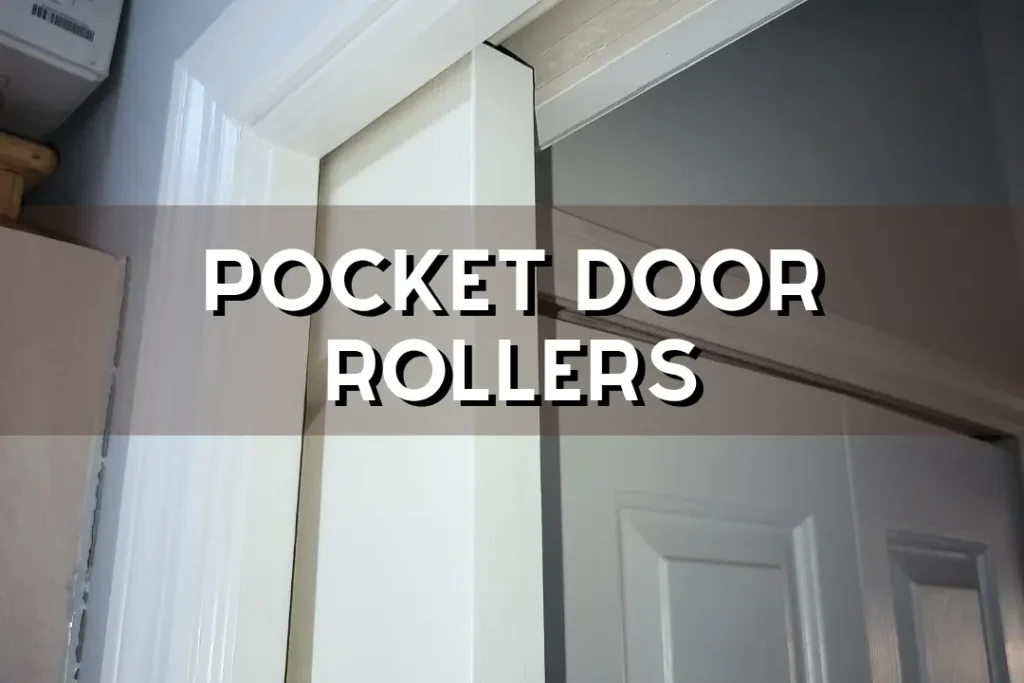
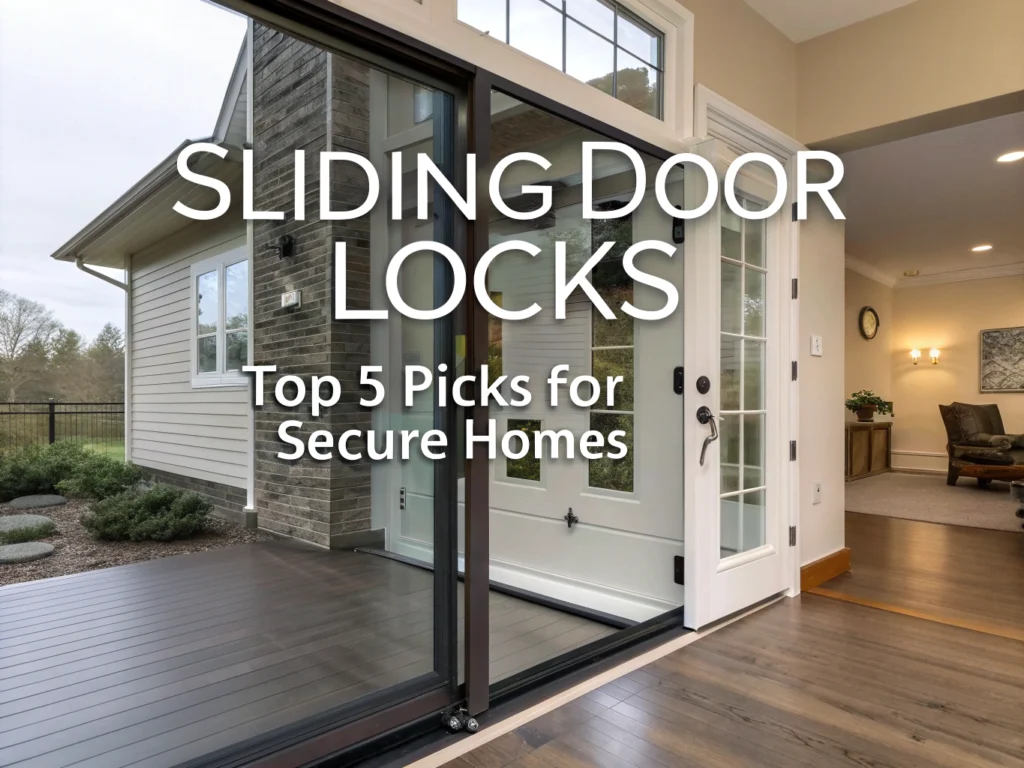
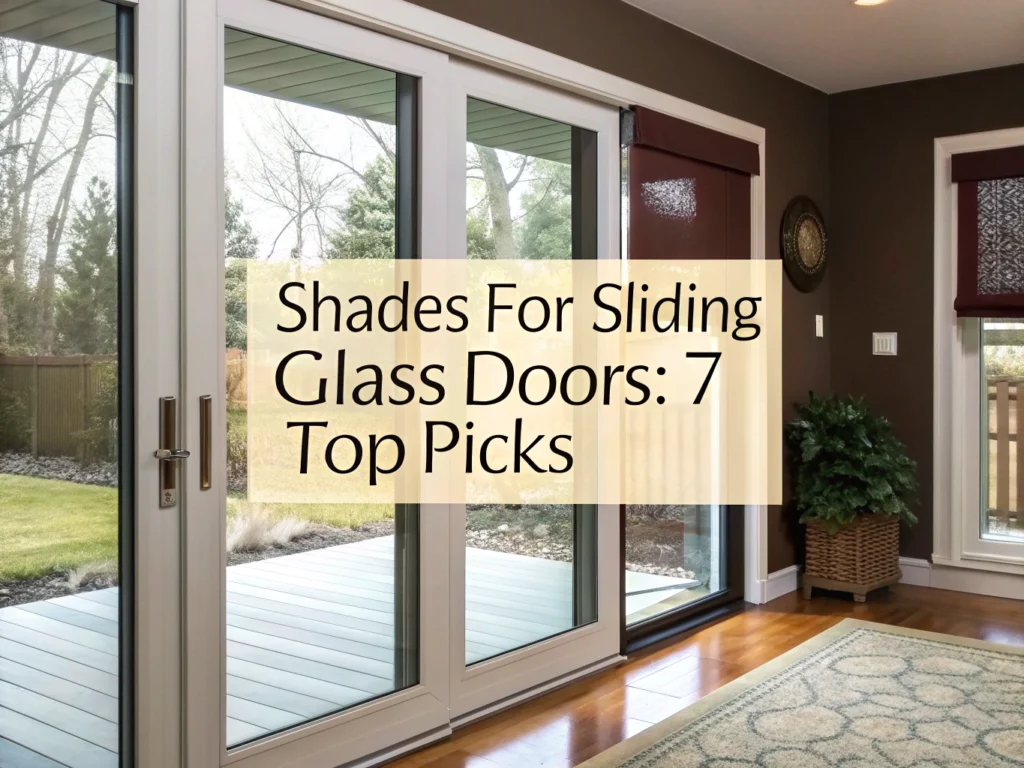


Leave a Reply